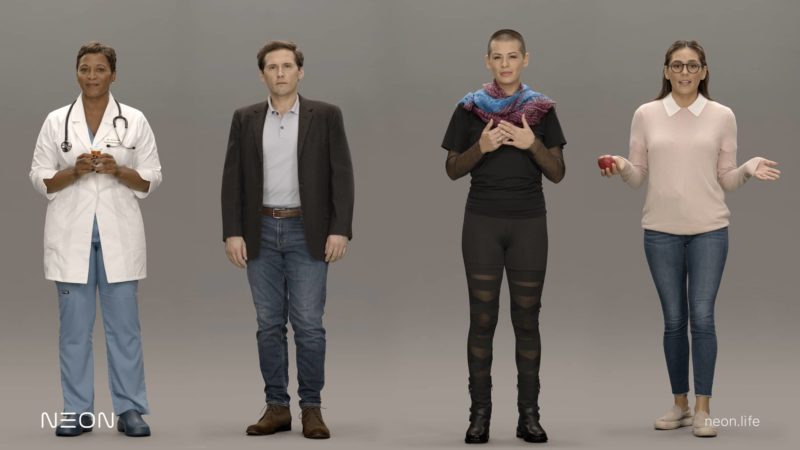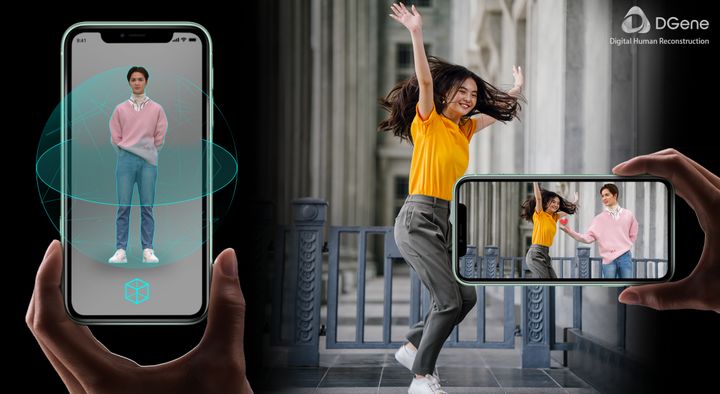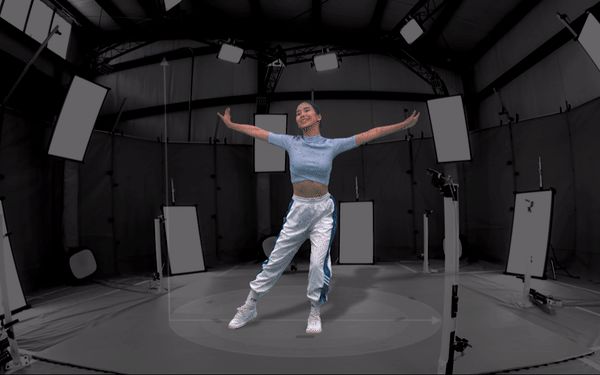The term “Metahuman” first appeared in the DC comics universe and used to refer to “human beings with superpowers”. Now, the term is used to describe super-realistic digital humans, the most realistic form of virtual influencers. With the development of technology, the 3D sphere included digital simulation which is very close to a real person. In the future, the possibility of metahumans in China to replace people in marketing will greatly increase, as they are cheaper and never tire.
In the past 18 months, 51 “Metahumans” appeared worldwide, and AYAYI, “born” on May 20, 2021, became the first in China.

How metahumans in China are created
With artificial intelligence, a brand can obtain unique models for advertising. Namely, a brand doesn’t need to search for a model, but can just ask a 3d artist to create one. New technology can generate ideal model faces for advertising campaigns.

The metahumans creation process consists of three critical components: model creation, motion capture, and real-time graphics. A person puts on special markers to create a 3D model of his face. Their face and body movements require continuous shooting with multiple cameras, which transmit each frame and angle of these movements to the system responsible for rendering the digital character.
Advantages of marketing with metahumans
Metahumans in China provide cheaper and faster solutions for marketing campaigns
When using metahumans for advertising campaigns, brands have the opportunity to easily adjust the model to suit different audiences. Basically, brands can make infinitely changing models and use various visual effects to target customers based on detailed demographics of the audience.
Full control over the metahumans is a big asset for the brand. For example, real influencers may opt out of some part of the collaboration or refuse to express some social brand values.
In addition to the fact that a brand can control metahumans, it can also control the environment in which it interacts. For example, metahumans can pose with a product anywhere in the world without visiting them. For this reason, they can be especially valuable for travel brands in China that don’t need to spend money on real influencers.
Some other advantages are:
- Metahumans never age
- They have unlimited working hours
- They have scalability and can be in many places at once
- Metahumans are more reliable
Metahumans in China are less risky than KOLs
With the rise of various social platforms, brands have hired celebrities, KOLs and KOCs for marketing and promotional activities. It has long been one of the common and effective means in brand image building. However, comparing to KOLs, metahumans are able to create unforgettable experience using new technology + human marketing.
Important aspect of using metahumans is lower risks for brand’s reputation. For example, a popular KOL in China, Chris Wu, was blamed for sexually assaulting a teenager in July 2021. The former EXO boyband member denied the accusation, which sparked a flurry of criticism in social media against Wu. Brands such as Porsche and Bulgari ended partnerships with him after the NetEase report.

The engagement rate from the audience is higher
According to Beauty of Fashion, metahumans are on the rise in China. For example, in 2020, the Chinese video platform Bilibili saw a 225 percent increase in the amount of time users spend watching live video of virtual idols every month.
Some studies show that the engagement rate of virtual influencers is almost 3 times higher than that of real influencers. In addition, 55% of the audience on social media made a purchase as a result of following metahumans, while 53% followed the brand and 52% studied the brand.
However, people still find real influencers more inspiring, authentic and entertaining.
One of the leading AI companies in China producing metahumans is Rosebud AI. The company claims that the first event using their artificially generated models showed a 22% increase in click-through rate.
Another Chinese company dealing with 3d technologies and metahumans is Ranmai Technology based in Shanghai. In 2021 this company launched metahuman AYAYI, which exploded on the Internet. So far, it has reached 94,000 likes. French company Guerlain invited AYAYI to attend its’ event. The content of this metahuman attracted a lot of attention and became one of the few brand’s collaborations with digital human.
Metahumans in marketing
Samsung and the first “artificial human”
At CES 2020, Samsung-supported STAR Labs launched NEON, known as the world’s first “artificial human”. The virtual humans launched by the company can conduct dialogue and show sympathy just like humans. Therefore, they are not just models of marketing activities, but virtual assistants of the future. However, it is worth mentioning that the technology is still in its early stages, and the dialogue skills and visual quality of these artificial people have yet to be developed.

Metahumans in banking services and search engines
In 2019, Shanghai Pudong Development Bank and Baidu jointly released the digital employee “Xiaopu”, which is also a virtual digital person produced by artificial intelligence technology in China. It has such features as natural language processing, speech recognition, and computer vision. It can provide users with “face-to-face” banking services through mobile devices.
Recently, a virtual character named Lingling appeared on Weibo search, arousing discussion among netizens. This virtual character participated in the show “Colorful Youth” – the event related to 3d and Chinese virtual reality industry.
Tmall’s virtual spokesperson

In August 2020, the avatar “Qian Miao” of Jackson Yee (Yi Yangqianxi) became the spokesperson of Tmall, which created buzz on the Internet. In addition to publishing a short advertisement, the company created “parallel world” website, where consumers can interact with Yi Yangqianxi. It also lets users interact with each other through fan groups.
AR celebrity for Mango TV and Zhejiang Mobile

Companies can also use virtual humans to create unique digital content, increase exposure opportunities, shorten the distance between users, and enhance interactive experience. For example, Diejing Digital uses artificial intelligence and other technologies to fully “engrave” real celebrities. They use metahumans in China to create “visible” 5G AR celebrity interactive applications to Mango TV and Zhejiang Mobile. In addition, Dianjing has also created virtual people such as fitness, yoga, and dance teachers.

Key takeaways for brands interested in leveraging metahumans in China
- Metahumans have some significant advantages comparing to KOLs: they are cheaper, more effective, less risky and adjust to brands’ needs.
- The ability to control metahumans and create the desired environment makes them attractive for brands’ marketing.
- Metahumans in China show higher engagement rates from the audience, however it might be only temporary trend, as it is something people never seen before.
- Metahumans can become a part of marketing in a form of a virtual spokesperson or in interactive applications.





